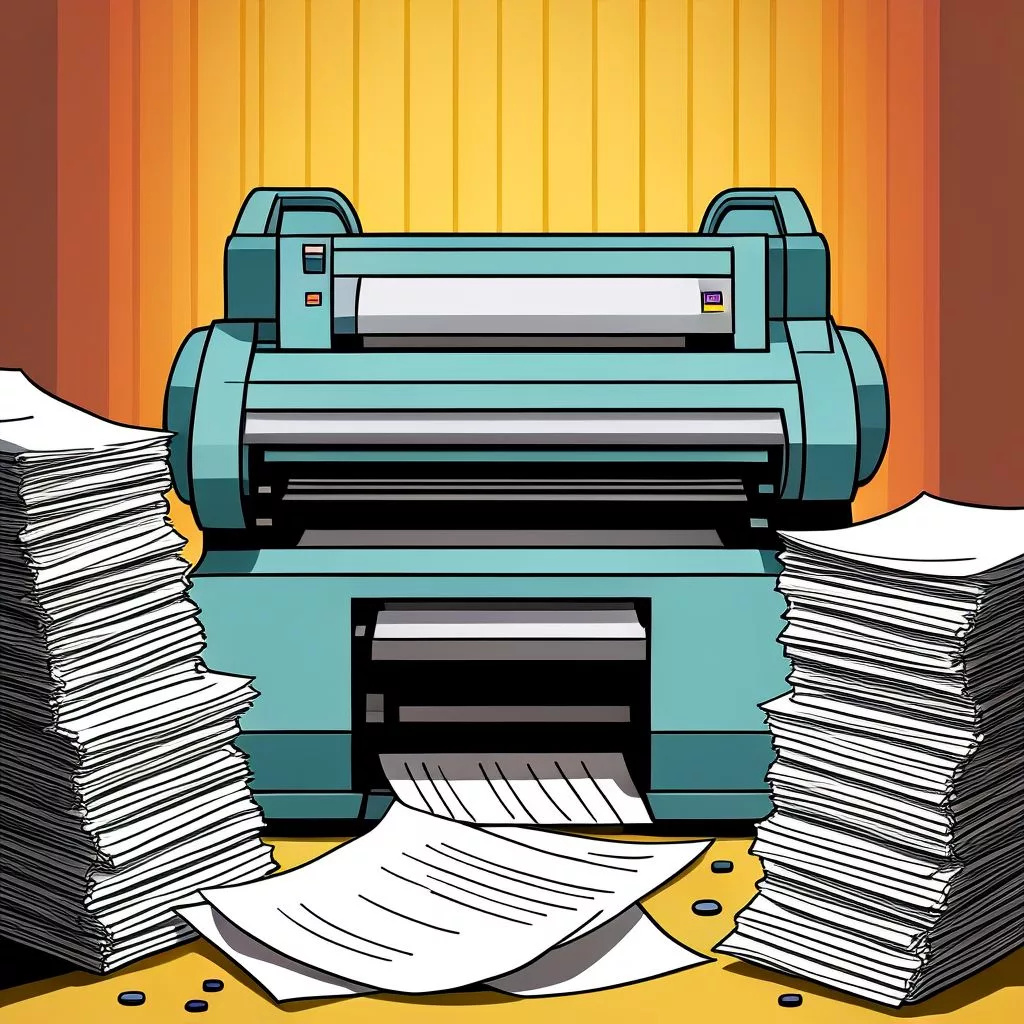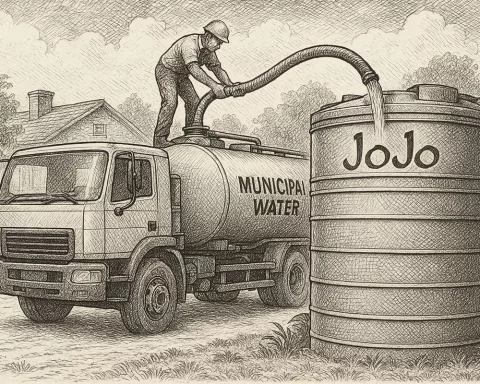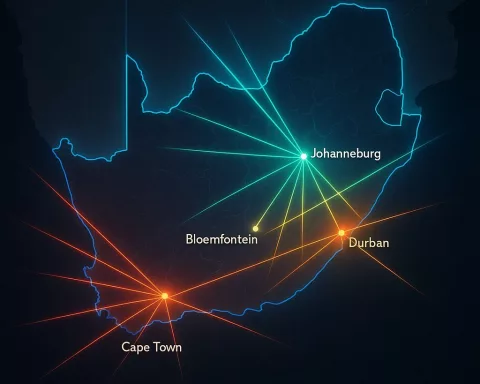South Africa is facing a big problem with renewing driver’s licences because the only machine that prints the cards has broken down. This has left many people stuck with temporary licences and waiting in long lines. The government is trying to fix the situation, but legal issues make it tricky to get new machines. People are frustrated, as they need their valid licences for work and daily life. A proposed solution is to extend the licence validity from five to ten years, which could help ease the backlog and improve the system for everyone.
What is causing the driver’s licence renewal delays in South Africa?
The driver’s licence renewal delays in South Africa stem from a malfunctioning licence card printing machine, leading to significant backlogs and temporary licences. Systemic issues, legal complications in procurement, and the need for structural reforms further exacerbate the crisis, impacting daily commuters’ mobility and livelihoods.
Mounting Delays and Systemic Failures
The administrative landscape of South Africa is no stranger to challenges, but few issues have incited as much public frustration as the driver’s licence renewal delays. The trouble began in January 2025, when the only licence card printing machine in the country broke down, causing a substantial backlog. This malfunction has forced Driving Licence Testing Centres (DLTCs) to issue temporary licences to a large number of applicants, highlighting the infrastructural and bureaucratic hurdles that continue to plague the nation’s transport sector.
The printing machine’s failure isn’t just a matter of old equipment; it symbolizes systemic issues within South Africa’s transport infrastructure. Minister of Transport, Barbara Creecy, acknowledged the severity of the situation in early March 2025, addressing the outdated machine’s frequent malfunctions. Creecy has emphasized efforts to enhance maintenance protocols while seeking interim solutions to mitigate the backlog. Her proactive stance demonstrates the urgency required to bring the licensing process back to normalcy and efficiency.
The Organisation Undoing Tax Abuse (OUTA) has become a vocal advocate in this crisis, suggesting the extension of the licence card validity from five to ten years. Wayne Duvenage, OUTA’s CEO, argued that this measure would reduce administrative burdens, alleviate the backlog, and lower operational costs without compromising road safety. Similar measures have succeeded in other countries, and South Africa almost adopted a ten-year validity period in 2013 before withdrawing the idea.
Legal Battles and Tendering Processes
Minister Creecy’s challenges extend beyond dealing with malfunctioning machinery. The tendering process for new licence card printing machines has become a contentious issue. Creecy initiated legal action to halt the awarding of a new contract due to irregularities in the tendering process. The intended contract aimed to procure three new machines with local maintenance capabilities to lessen reliance on overseas repairs. However, the legal complications surrounding this contract have only added to the crisis.
The Department of Transport finds itself in a dilemma: canceling the flawed tender might worsen the backlog, yet proceeding with it under questionable legality could further damage governance integrity. OUTA has voiced concerns over a legal opinion suggesting that the contract with the French company Idemia should continue, despite findings of non-compliance with supply chain management regulations and the Public Finance Management Act. Duvenage calls for transparency and decisive action, urging the Department to modernize the licensing system and effectively address the backlog.
This crisis is a microcosm of larger governance and infrastructure issues in South Africa. Relying on a single, frequently broken machine exemplifies the lack of redundancy in essential services. The legal battles and procedural delays further highlight systemic inefficiencies and potential governance lapses that hinder prompt crisis resolution.
Historical and Artistic Contexts
Reflecting on South Africa’s history, one can see parallels between current infrastructural challenges and those of the late 20th century. The country’s ongoing struggle to modernize and maintain public services has roots in the complex socio-political landscape post-apartheid. The transition to a more inclusive governance structure brought significant reforms but also exposed deep inefficiencies and corruption in public administration. The driver’s licence renewal crisis is a stark reminder that past issues still linger, requiring persistent and innovative solutions.
Artistic movements, particularly those focusing on resilience and transformation, offer a poignant lens to view this crisis. South African artist William Kentridge, known for exploring societal fragmentation and reconstruction, provides a compelling metaphor for the administrative turmoil. Kentridge’s art, raw and evocative, mirrors South Africa’s turbulent history and the ongoing struggle for a functional, equitable society.
Human Impact and Potential Solutions
Amid these challenges, individual motorists provide a profoundly human perspective on the crisis. Daily commuters rely on valid driver’s licences for their livelihood and mobility. Each day spent navigating the bureaucratic maze of temporary licences adds to their frustration and disenfranchisement. Stories of motorists queueing for hours, only to be turned away due to system failures, are all too common. These narratives underscore the urgent need for a resilient, user-centric approach to public services.
Examining the proposed changes, extending the licence validity from five to ten years offers a logical solution. Countries like the United States and Australia have adopted similar measures with positive outcomes. Extending the validity period could streamline administrative processes, reduce the frequency of renewals, and ease pressure on the existing system. While not a cure-all, this pragmatic approach represents a significant step toward mitigating the crisis.
The legal complexities around the tender for new printing machines also deserve scrutiny. Halting the tender due to irregularities highlights a critical tension in public procurement: the need for quick solutions often conflicts with the need for transparency and compliance. This dilemma reflects broader governance themes, where efficiency must balance with ethical and legal standards.
The ongoing delays in renewing driver’s licences in South Africa represent a multifaceted challenge intertwining technical failures, bureaucratic inefficiencies, and legal complexities. Minister Creecy’s efforts, combined with OUTA’s strategic proposals, show a concerted push toward resolution. However, the path forward requires not only immediate fixes but also structural reforms to build a more resilient, efficient, and transparent system. The narratives of individual motorists, along with the broader historical and artistic context, enrich our understanding of this crisis, emphasizing the human impact of administrative failures and the ongoing quest for governance that truly serves the public.
“`markdown
FAQ: The Driver’s Licence Renewal Crisis in South Africa
What is causing the driver’s licence renewal delays in South Africa?
The delays are primarily due to a malfunctioning licence card printing machine, which broke down in January 2025. This has resulted in significant backlogs and the issuance of temporary licences. Additionally, systemic issues, legal complications in procurement, and necessary structural reforms contribute to the crisis.
How has the government responded to the crisis?
Minister of Transport, Barbara Creecy, has acknowledged the severity of the situation and is working to enhance maintenance protocols for the existing machine while seeking interim solutions to address the backlog. Legal issues around the tendering process for new machines have complicated these efforts, as she has taken action to halt the awarding of contracts due to irregularities.
What are the proposed solutions to alleviate the backlog?
One proposed solution is to extend the validity of driver’s licences from five years to ten years. This measure, advocated by the Organisation Undoing Tax Abuse (OUTA), aims to reduce administrative burdens and streamline the renewal process, potentially easing the current backlog.
How does this crisis affect everyday South Africans?
The crisis significantly impacts daily commuters who rely on valid driver’s licences for work and daily life. Many individuals find themselves waiting in long lines for hours, often being turned away due to system failures and having to rely on temporary licences, which adds to their frustration and affects their livelihoods.
What historical context is relevant to the current crisis?
The driver’s licence renewal crisis reflects ongoing challenges within South Africa’s public services and governance, stemming from post-apartheid reforms that highlighted deep inefficiencies. The situation serves as a reminder of the complexities of modernizing public infrastructure in a country still grappling with the consequences of its past.
How can the public support a resolution to this crisis?
Public advocacy for transparency and efficiency in the procurement process is crucial. Individuals can engage in discussions about the need for structural reforms and support initiatives that call for the extension of licence validity, as these changes could contribute to a more resilient and efficient licensing system in the future.
“`








